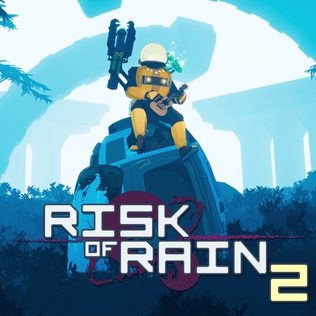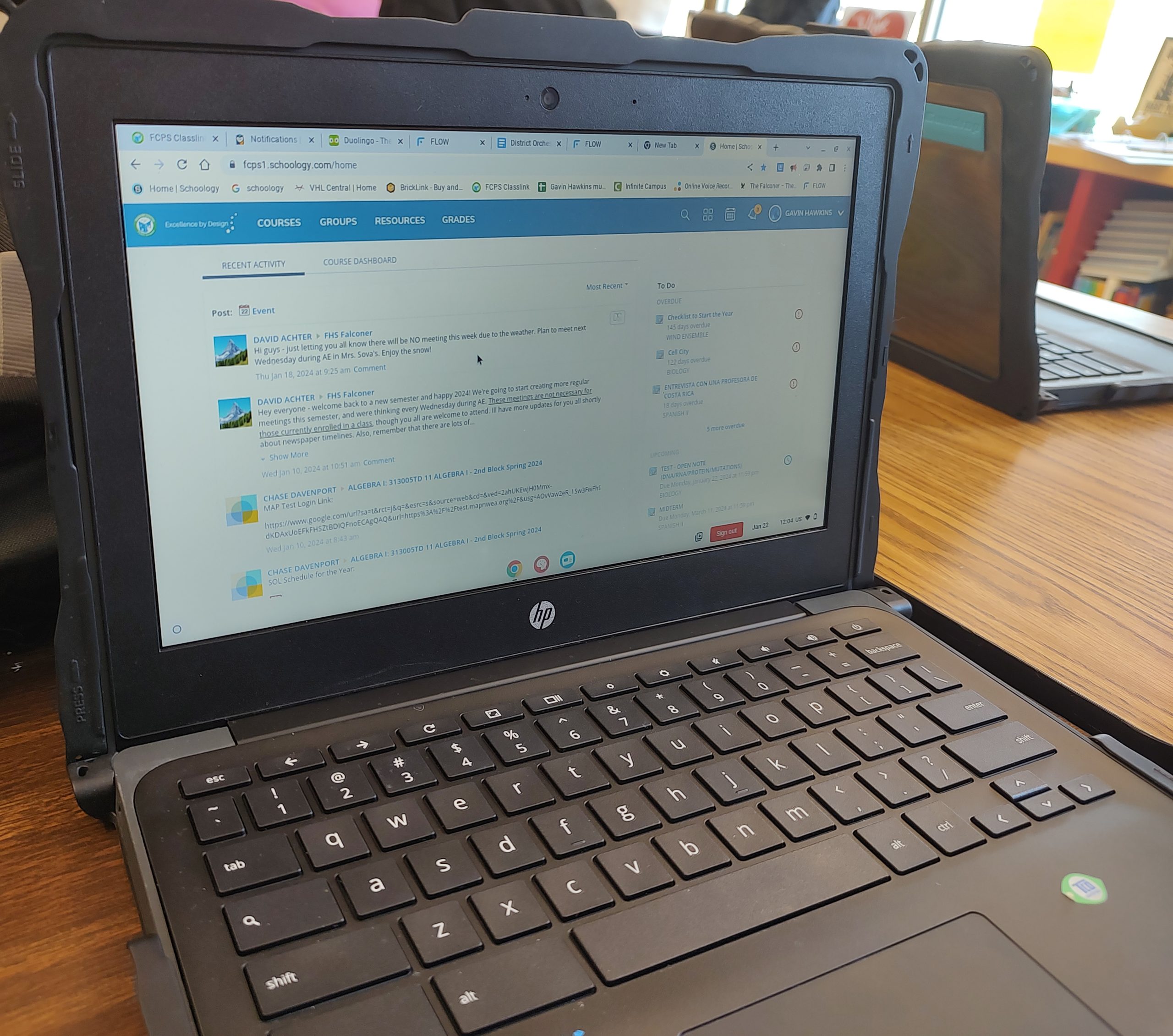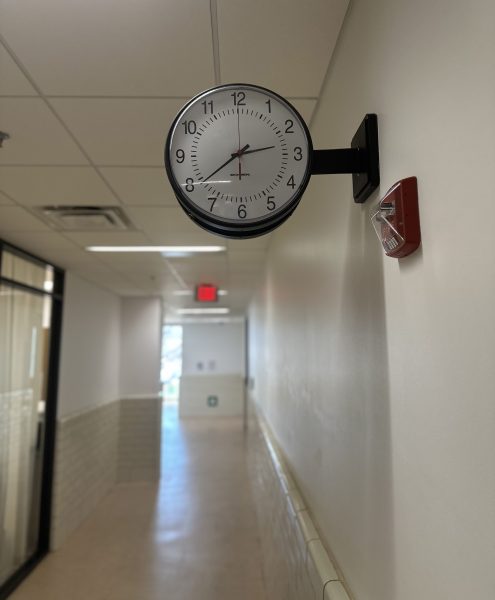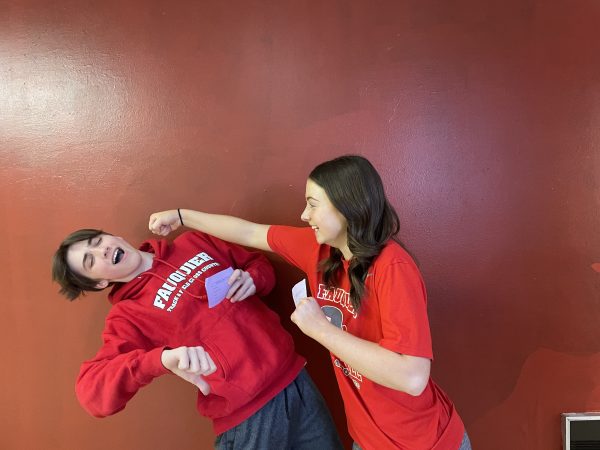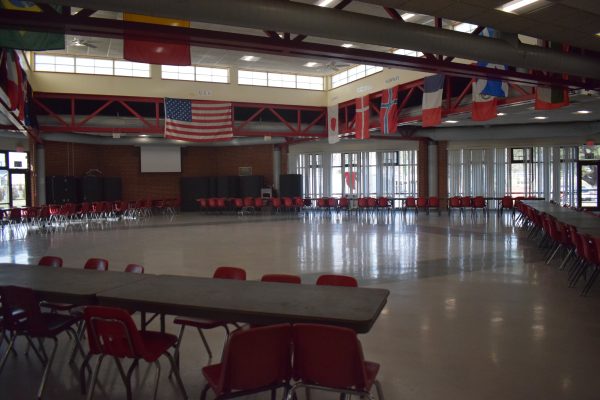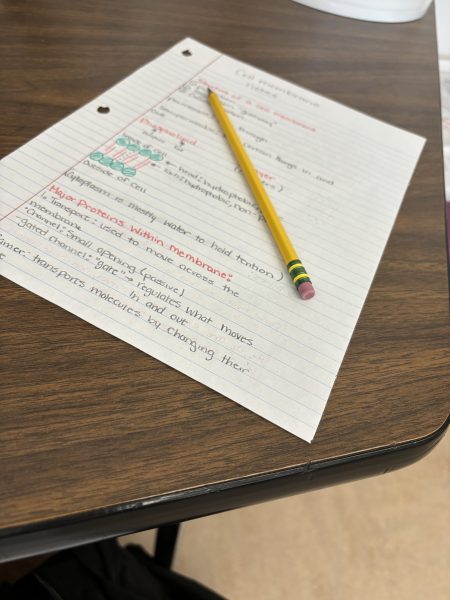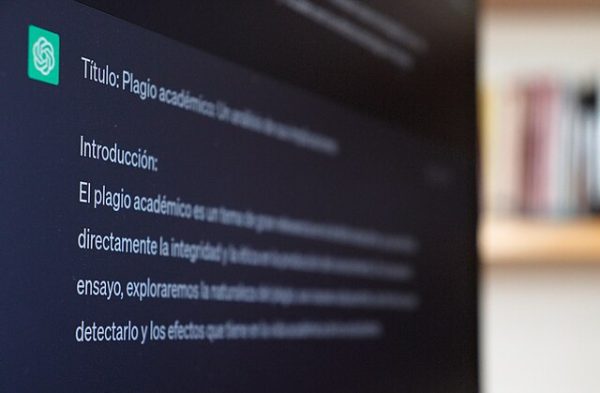The Challenging Decision to Send Children Back to School
July 22, 2020
Our national conversation about COVID-19 reads increasingly like a page taken from a Kafkaesque short story. The boundary between fact and fiction has become almost indistinguishable. Unfortunately, we cannot indulge fiction in the real world where illusion can be costly.
Monday’s School Board meeting was a striking example of that challenging dialogue. As we prepare to transition children and teachers back into a school setting, we need to recognize and come to terms with those realities. How we manage their reentry should not be based on political persuasion, expediency, or the exigencies of partisan groups. It should not be based on fear OR on the dangerous lack thereof.
We want our children back in school, but achieving that objective requires tremendous clarity and diligence as we attempt to understand real and evolving health risks.
As of July 15, more than three million people in the US have tested positive for a virus that has no vaccine. That number is increasing at a rate of over 60,000 people a day. More than 140,000 people in the US have died. Virginians account for more than 73,000 COVID-19 cases and nearly 2000 related deaths (CDC, 2020). Numbers in most states are rising.
Though people 19 years and younger currently comprise a small portion of these infections, the median age of coronavirus patients has, in recent months, declined by 15 years. And while the elderly are more likely to die from the virus, they are not necessarily more likely to contract it (TIME, 2020). In some states, those between the ages of 20 and 44 account for nearly half of all COVID-19 cases (New York Times, 2020).
The arrow now pointing to younger populations is troubling.
Children do contract the virus and can suffer its most severe consequences. An overnight camp in rural southwestern Missouri closed down earlier this month when 82 children and counselors tested positive for COVID-19. The number of infected people jumped from 49 to over eighty in a single weekend. A similar spread of the virus occurred among children at overnight camps in various parts of Texas (New York Times, 2020).
Instances like these should not go unnoticed as we ease restrictions.
Could the slow rise in adolescent and childhood cases be a simple matter of exposure? How will school children respond once they have been with other children on a regular basis for extended periods each day? These are questions we should ask when considering the impact of a virus we know so little about.
Even more unsettling is mounting evidence that this particular virus can have disturbing residual effects. Johns Hopkins is currently researching the puzzling relationship between COVID-19 and heart failure, abnormal heart rates, heart attacks, and cardiogenic shock (Johns Hopkins, 2020).
In a recent New England Journal of Medicine review, intensive care doctor Julie Helms and her colleagues in France document the growing number of COVID-19 patients with neurological symptoms typical of brain damage: confusion, impaired cognition, seizures, and strokes. There are, in fact, more than 300 studies worldwide which reveal similar neurological responses in patients who have contracted the novel coronavirus (BBC, 2020).
Information should not incite fear; it should instead help us to make informed choices. How do all of these unknowns factor into our decision to bring children back to school? Can we justify placing them in an environment that will increase their exposure to a virus we still know so little about? Physicians often address a risk-gain ratio when they recommend treatments to patients. What similar standard of care are we using to make decisions about children returning to school?
No single solution will alleviate the inevitable hardships incurred by particular stakeholders committed to getting children back into the classroom. This is because public education has become an integral cog in the machinery supporting social and economic stability. It provides working parents with childcare; it addresses food insecurity; it monitors the physical and emotional well-being of students–all while providing an education.
But that precedence may have reached a tipping point. Are we justified in putting children at risk to sustain the balance? Can we find more creative ways to meet those needs? Ones that do not exact such a high price of our public schools and the children they service?
Clearly, these underlying issues need to be confronted when we are no longer in the midst of a health crisis. We are facing an existential threat that demands an informed response. It is not the time to rely on intuition, personal bias, or hearsay.
We need to get our children back to school. But asking them and their teachers to step into a viral vortex without doing everything possible to ensure their safety, without relying on the best and most complete knowledge at our disposal or without waiting patiently until the time is right could be costly in ways we cannot fathom.
Nothing should unify us more as we confront the challenges at hand, or pursue the goals we hope to achieve, than safeguarding their welfare.
The real-world demands nothing less.


